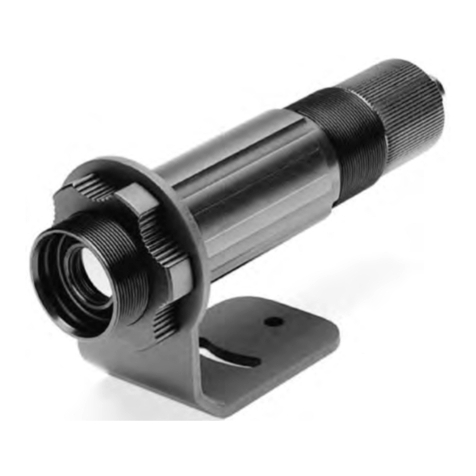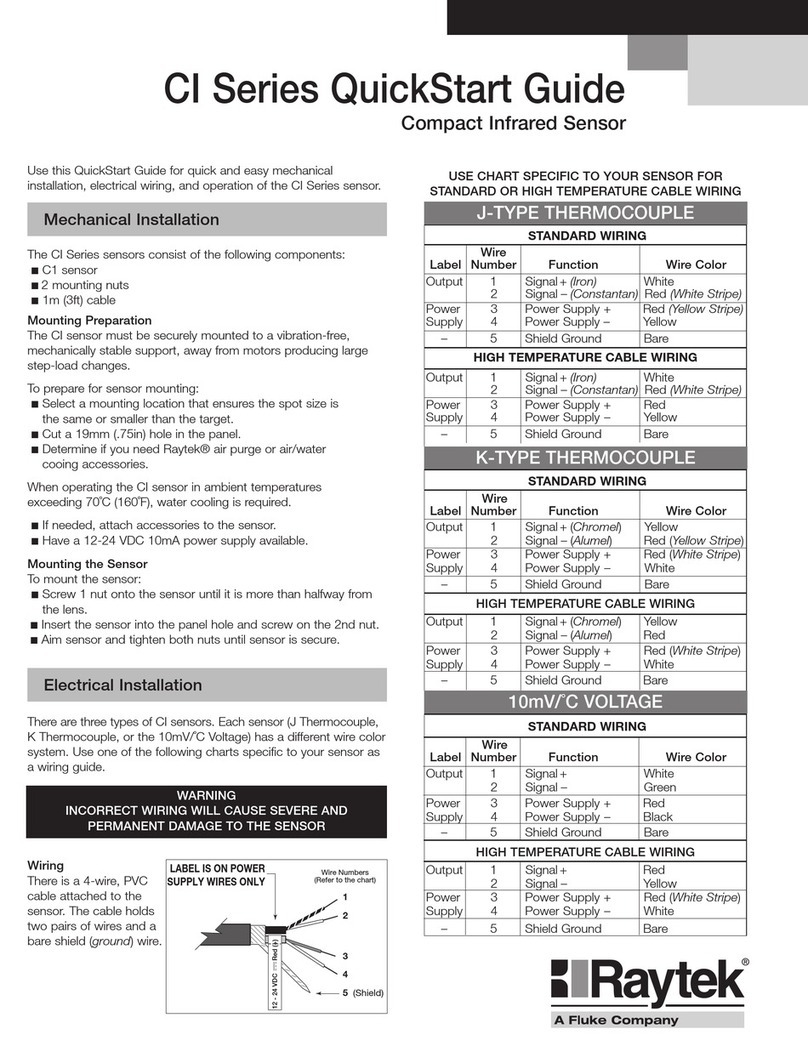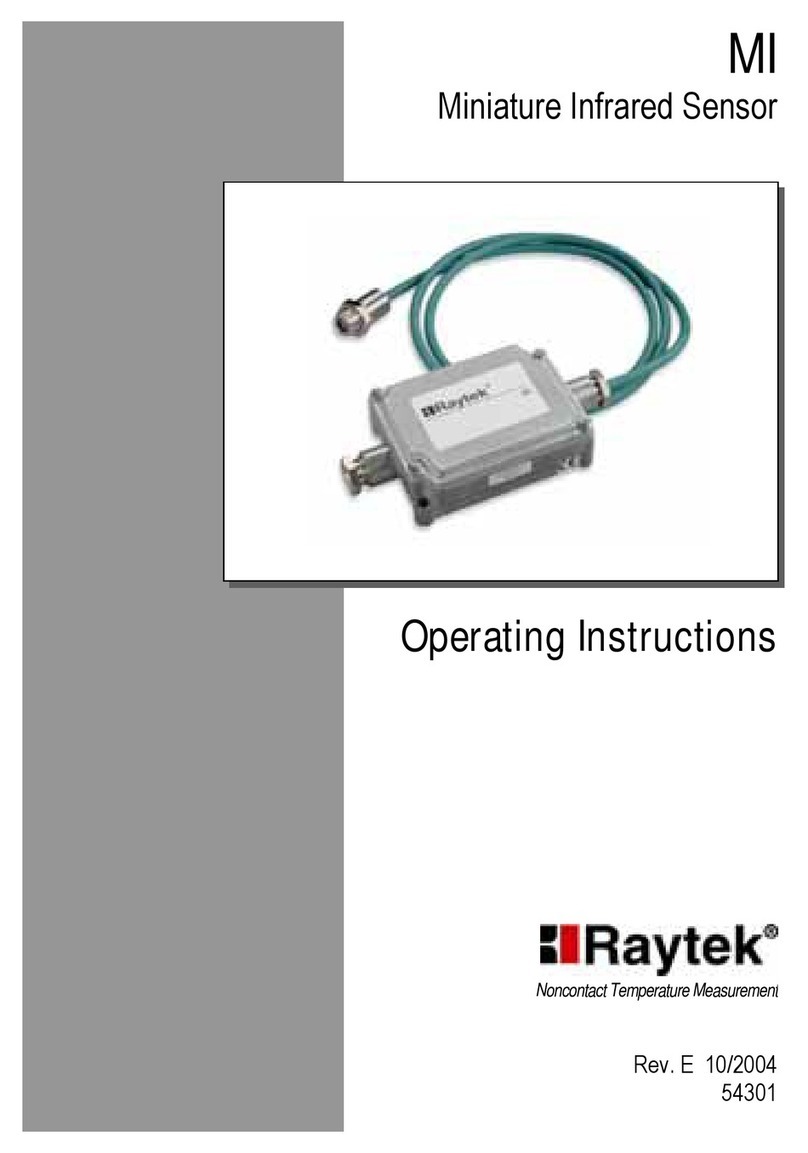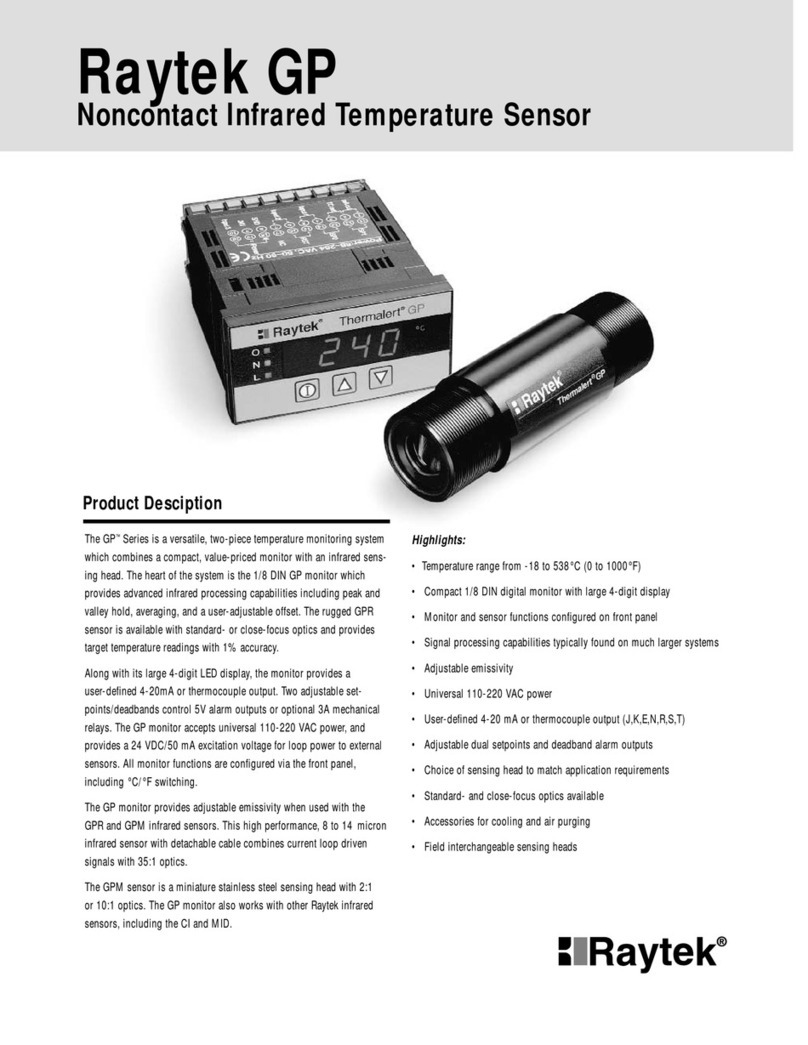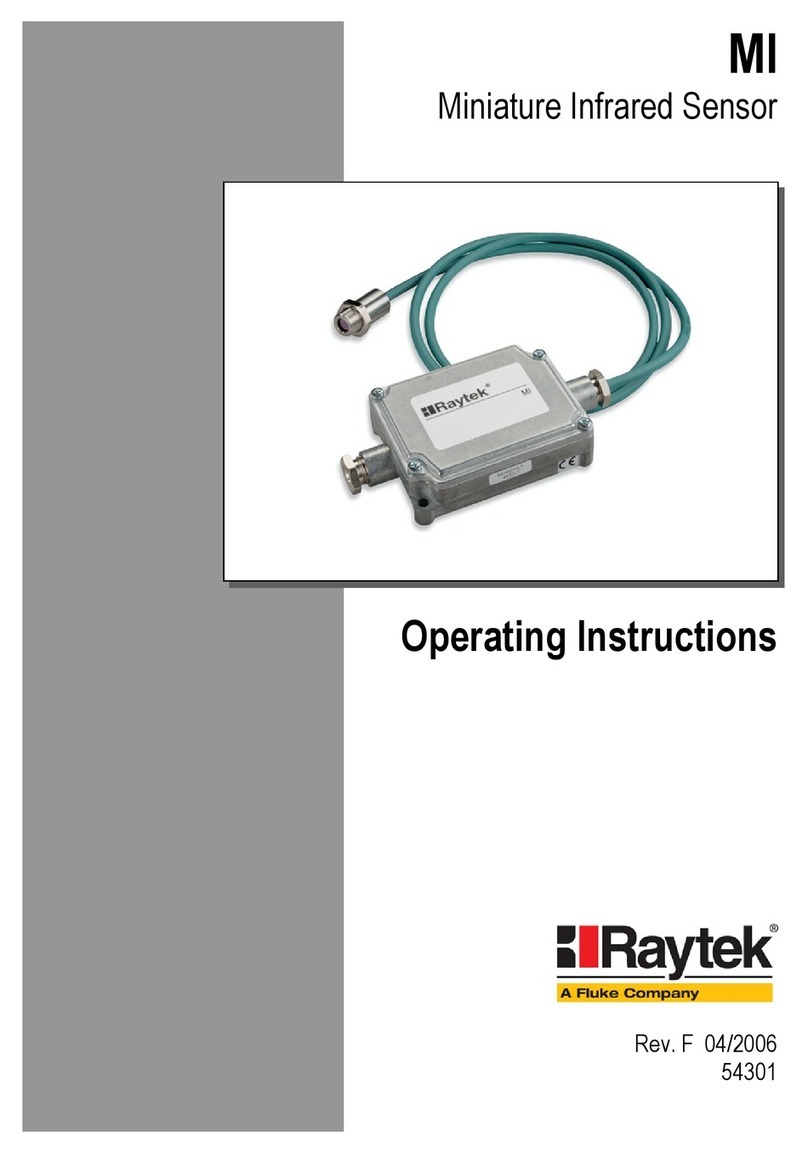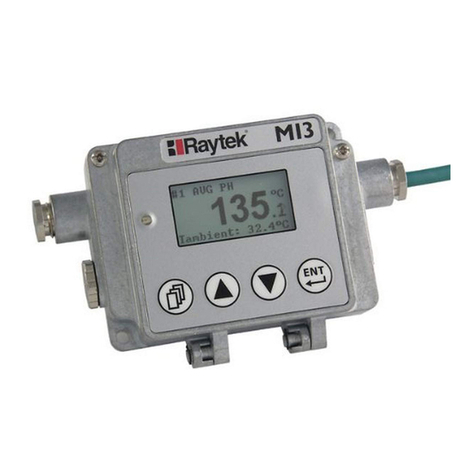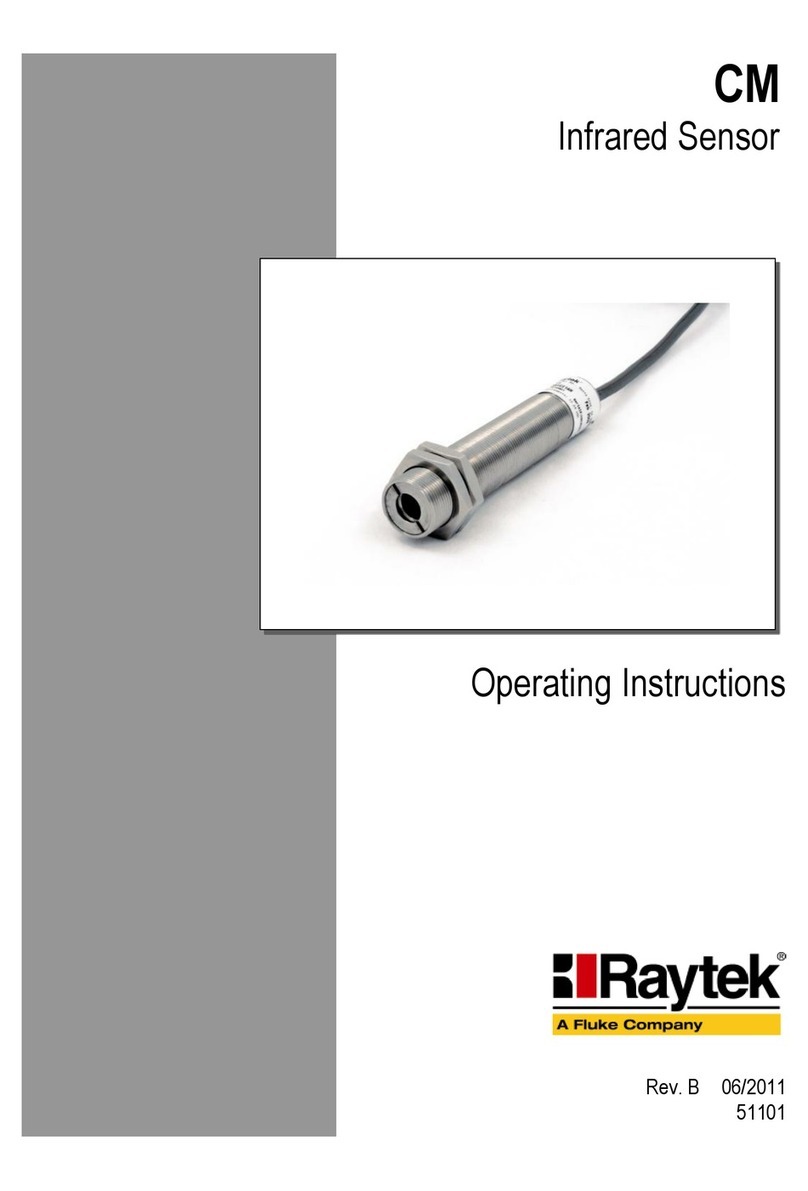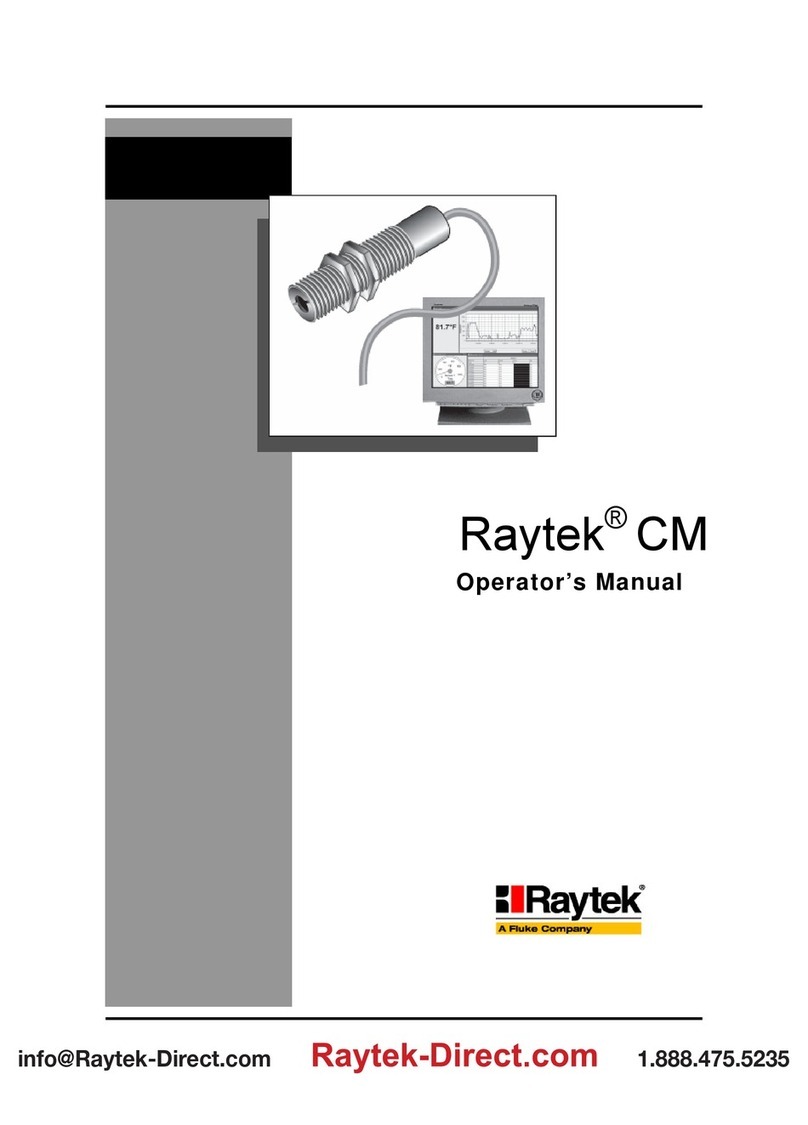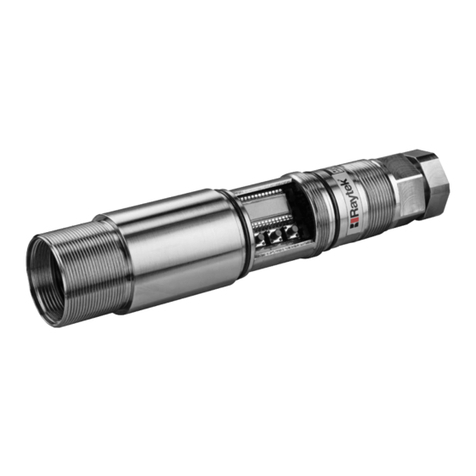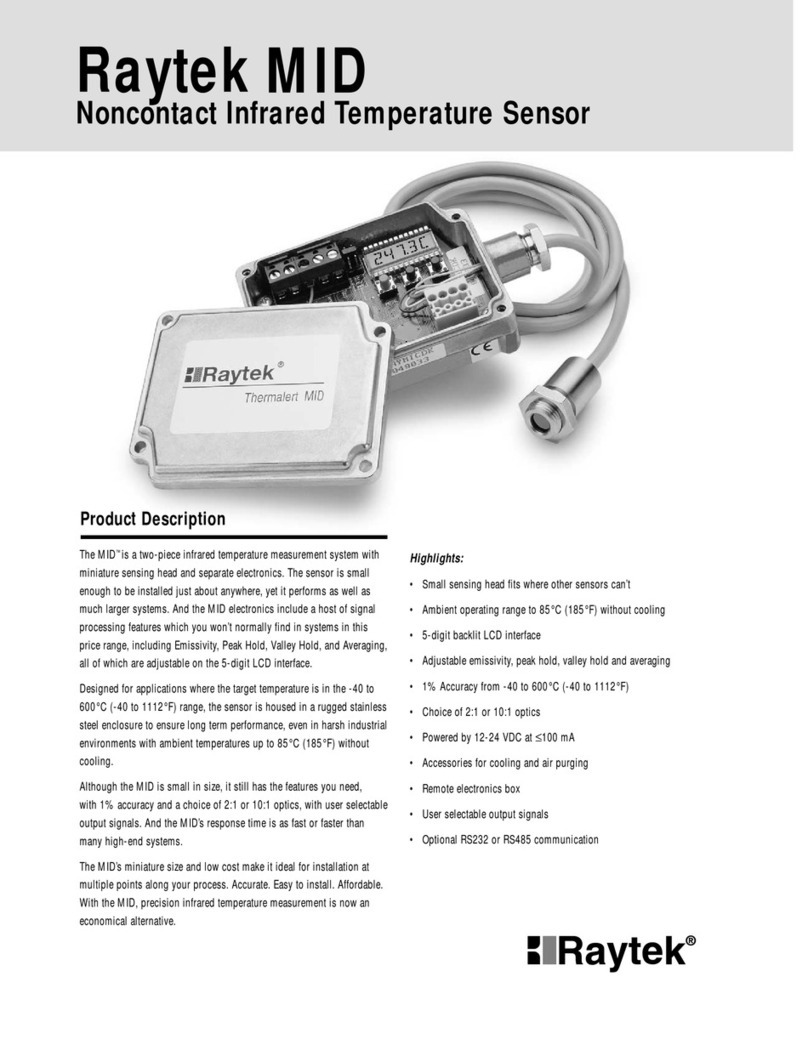
15.1 WIRING····················································································································································· 97
15.1.1 Comm Box (metal) ............................................................................................................................ 97
15.1.2 Comm Box (DIN) ............................................................................................................................. 98
15.2 PROGRAMMING ········································································································································ 99
15.2.1 Supported Functions ........................................................................................................................ 99
15.2.2 Parameter Data................................................................................................................................. 99
15.2.2.1 Box Parameter...........................................................................................................................................99
15.2.2.2 Head Parameter......................................................................................................................................101
16 ETHERNET.................................................................................................................................................. 103
16.1 WIRING··················································································································································· 103
16.1.1 Comm Box (metal) .......................................................................................................................... 103
16.1.2 Comm Box (DIN) ........................................................................................................................... 103
16.2 ADDRESSING··········································································································································· 104
16.2.1 MI3 ................................................................................................................................................. 104
16.2.2 PC Network Adapter ...................................................................................................................... 105
16.3 ASCII PROGRAMMING··························································································································· 106
16.4 HTTP SERVER ·········································································································································· 107
16.4.1 Data Logging .................................................................................................................................. 107
17 PROFINET ................................................................................................................................................... 109
17.1 WIRING··················································································································································· 109
17.1.1 Status LED ..................................................................................................................................... 109
17.2 PROGRAMMING ······································································································································ 110
17.2.1 I/O Device Configuration ............................................................................................................... 110
17.2.1.1 GSD File................................................................................................................................................... 110
17.2.1.2 Configuration..........................................................................................................................................110
17.2.2 Parameter Setting ........................................................................................................................... 110
17.2.2.1 Parameters of the Fieldbus Communicator ........................................................................................111
17.2.2.2 Parameters of the Pyrometer Module..................................................................................................113
17.2.3 Input Data Structure...................................................................................................................... 114
17.2.3.1 Input Data of Fieldbus Communicator ...............................................................................................114
17.2.3.2 Input Data of Pyrometer Module......................................................................................................... 114
17.2.4 Output Data Structure................................................................................................................... 114
17.2.5 Diagnostics ..................................................................................................................................... 114
18 ASCII PROGRAMMING ......................................................................................................................... 116
18.1 TRANSFER MODES·································································································································· 116
18.2 COMMAND STRUCTURE ························································································································· 116
18.3 ADDRESSING··········································································································································· 117
18.4 DEVICE INFORMATION··························································································································· 118
18.5 DEVICE SETUP ········································································································································ 118
18.5.1 Temperature Calculation ................................................................................................................ 118
18.5.2 Temperature Pre-Processing........................................................................................................... 118
18.5.3 Emissivity Setting and Alarm Set points ....................................................................................... 119
18.5.4 Post Processing............................................................................................................................... 119
18.6 DYNAMIC DATA····································································································································· 120
18.7 DEVICE CONTROL ·································································································································· 120
18.7.1 Output for the Target Temperature................................................................................................ 120
18.7.2 Analog Output, Scaling ................................................................................................................. 120
18.7.3 Alarm Output................................................................................................................................. 120
